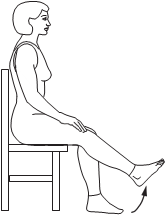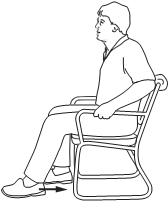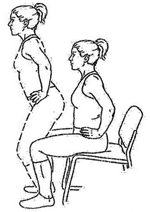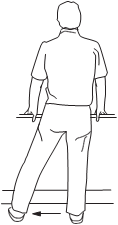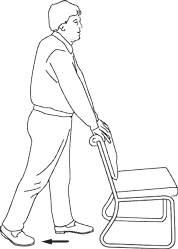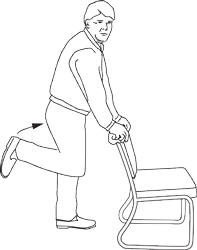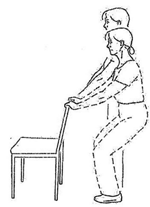Dynamic Hip Screw - DHS: Difference between revisions
No edit summary |
(RICE) |
||
| Line 22: | Line 22: | ||
* [https://physio-pedia.com/Goal_Setting_in_Rehabilitation?utm_source=physiopedia&utm_medium=search&utm_campaign=ongoing_internal Goal setting] | * [https://physio-pedia.com/Goal_Setting_in_Rehabilitation?utm_source=physiopedia&utm_medium=search&utm_campaign=ongoing_internal Goal setting] | ||
* Advising patient and team on [https://physio-pedia.com/Pharmacology_in_Pain_Management?utm_source=physiopedia&utm_medium=search&utm_campaign=ongoing_internal pain management] and expectations post-surgery | * Advising patient and team on [https://physio-pedia.com/Pharmacology_in_Pain_Management?utm_source=physiopedia&utm_medium=search&utm_campaign=ongoing_internal pain management] and expectations post-surgery | ||
* | * Advice on [https://physio-pedia.com/RICE?utm_source=physiopedia&utm_medium=search&utm_campaign=ongoing_internal swelling managemen]t | ||
* Exercises | * Exercises | ||
* Balance retraining and confidence building | * Balance retraining and confidence building | ||
Revision as of 22:44, 21 September 2020
Purpose[edit | edit source]
The Dynamic Hip Screw (DHS) or Sliding Hip Screw can be used as a fixation for neck of femur fractures. This would usually be considered for fractures that occur outside the hip capsule (extracapsular), often stable intertrochaneric fractures[1]. This is because there is a reduced chance of interrupting the blood supply to the head of the femur, and so it may be possible to preserve the joint. However, it may also be appropriate for younger patients with fractures within the hip capsule (intracapsular) if there is a good chance that the blood supply is preserved, reducing the risk of avasular necrosis.
Technique[edit | edit source]
Click here to see operation details.
History of the DHS[edit | edit source]
Prior to the use of DHS sliding screws, angled blade plates were used[2]. These fixed plates matched the angle of the femural head. These plates had a number of complications, including failure to purchase, requiring frequent osteotomies. They also did not allow any compression across the fracture site, leading to stress failures and frequent non-union[2]. Therefore, the DHS, with sliding barrel, was created to allow controlled compression across the fracture site. This is important for bone healing.
NICE Guidelines recommends: Use extramedullary implants such as a sliding hip screw in preference to an intramedullary nail in patients with trochanteric fractures above and including the lesser trochanter (AO classification types A1 and A2)[3].
Physiotherapy Interventions[edit | edit source]
Considerations post surgery:
- Post op instructions and weight bearing status
- Infections
- Neurovascular complications
- Pain
- Self-efficacy and motivation
- Fear of falling
Any transfer or mobility aids will be determined by the weight bearing status (usually highlighted in the op note). If the surgeon feels the hip needs protecting post surgery, they may advise partial or non-weight bearing for the patient.
Physiotherapy interventions:
- Transfers (bed, chair, toiletting).
- Mobility (+/- appropriate aid).
- Goal setting
- Advising patient and team on pain management and expectations post-surgery
- Advice on swelling management
- Exercises
- Balance retraining and confidence building
- Gait retraining
- Considering home environment.
- Interactions with family and carer
It is important that the patient is transferred out of bed, within these limitations, as early as possible to avoid complications of bed rest (e.g. chest infections, DVT, muscle atrophy). NICE guidelines advise, unless contraindicated, for patient's to mobilise the day after surgery. [3]
Physiotherapy exercises post hip surgery:
| After surgery | After 6 weeks | ||
|---|---|---|---|
| Supine | Hip ABD and heel slides (slide sheet can reduce friction) | Inner Range Quads | Bridges (unless NWB) |
| Sitting | Knee extension | Knee flexion | Sit to stand (one balance optimised) |
| Standing | Once able to maintain independent standing balance. Hip Abduction Hip Extension | Hamstring Curl Marching on spot | Heel Raises Marching on the Spot |
Evidence[edit | edit source]
Provide the evidence for this technique here
Resources[edit | edit source]
Youtube - DHS surgery
References[edit | edit source]
- ↑ Dodds et al (2004) The Sliding Hip Screw Current Opinion in Orthopaedics Volume 15, Issue 1 pp12-17
- ↑ 2.0 2.1 Singh A.P. Dynamic Hip Screw Or Sliding Hip Screw. [online] Available at: <http://www.boneandspine.com/dynamic-hip-screw/> [Accessed 19 September 2020].
- ↑ 3.0 3.1 NICE (2017) Hip Fracture: Management National Institute for Health and Care Excellence [online] <available from: https://www.nice.org.uk/guidance/cg124/chapter/Recommendations#analgesia>




